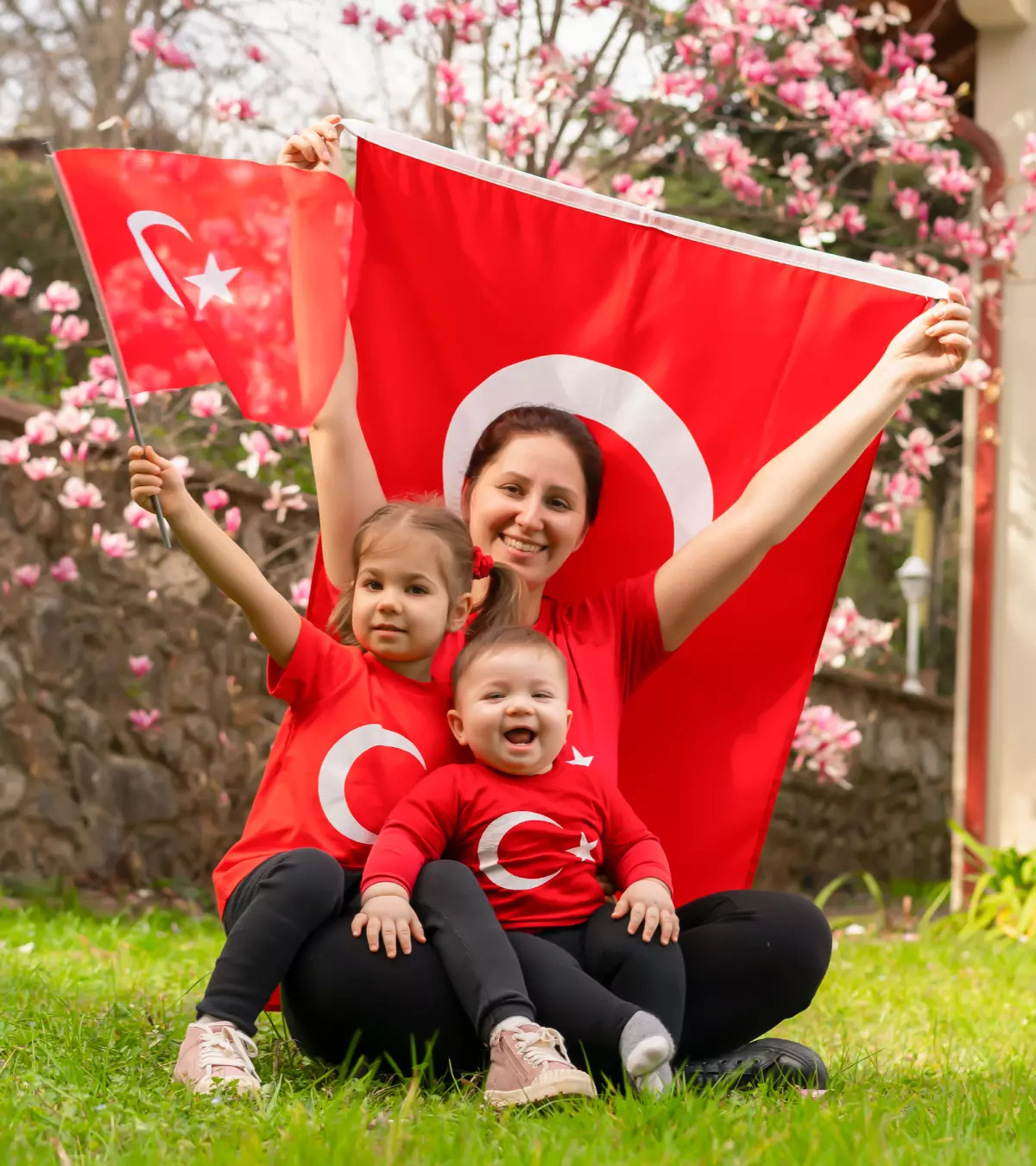Rooted in the ancient kingdom of Castile, these surnames reflect centuries of tradition, migration, and cultural blending. From the rolling plains of central Spain to the bustling streets of modern cities, the legacy of Castilian last names continues to shape identities. Whether you’re tracing your family tree or simply fascinated by the intricacies of Spanish heritage, understanding these surnames offers a window into the values, occupations, and social structures of bygone eras. With their distinct patterns and meanings, Castilian last names are more than just labels—they are living artifacts of history. In today’s globalized world, the influence of Castilian last names extends far beyond Spain’s borders. As Spanish culture spread across continents during the colonial era, these surnames became embedded in the fabric of countless communities worldwide. From Latin America to the Philippines, millions of people carry names that trace their origins back to Castile. These surnames often serve as a reminder of shared histories and cultural ties, even as they adapt to new linguistic and societal contexts. Whether you’re exploring genealogy or simply intrigued by the stories behind names like García, López, or Martínez, the richness of Castilian last names offers endless avenues for discovery. This article delves deep into the origins, meanings, and cultural significance of Castilian last names, providing a comprehensive guide for anyone eager to learn more. We’ll explore how these surnames evolved over time, their connection to geography and professions, and their role in shaping family identities. Along the way, we’ll answer common questions, highlight notable figures, and provide practical insights for tracing your own lineage. Whether you’re a history enthusiast, a genealogist, or simply curious about your heritage, this guide is designed to engage, inform, and inspire.
Table of Contents
- What Are the Origins of Castilian Last Names?
- How Did Castilian Last Names Evolve Over Time?
- Who Was Juan de la Cruz? A Biographical Overview
- What Are the Most Common Castilian Last Names?
- Why Are Geographical Surnames So Prevalent in Castilian Culture?
- How Do Castilian Last Names Reflect Social Status?
- What Role Do Castilian Last Names Play in Modern Society?
- Frequently Asked Questions About Castilian Last Names
What Are the Origins of Castilian Last Names?
Castilian last names have their roots in the medieval period, a time when Spain was a patchwork of kingdoms, cultures, and languages. The Kingdom of Castile, located in what is now central Spain, became a dominant force during this era. As society grew more complex, the need for distinct surnames emerged to differentiate individuals within growing populations. Initially, these names were not hereditary but rather descriptive, often derived from a person’s occupation, location, or physical traits. For example, a blacksmith might be called "Martínez" (son of Martín), while someone from a village near a river might adopt "Ríos" as their surname. The influence of Latin, Arabic, and Visigothic languages on Castilian last names is undeniable. During the centuries of Moorish rule in Spain, Arabic words and naming conventions seeped into the Castilian lexicon. Surnames like "Alonso" and "Ibáñez" bear traces of this linguistic fusion. Similarly, the Visigoths, who ruled parts of Spain before the Moors, left behind Germanic naming traditions that influenced the structure of many Castilian last names. Over time, these influences blended with indigenous Iberian naming practices, creating a rich and diverse pool of surnames that continue to be used today. The Catholic Church also played a pivotal role in the standardization of Castilian last names. As baptism became a universal practice, clergy members began recording names in parish registers, ensuring that surnames were passed down from one generation to the next. This process solidified the hereditary nature of Castilian last names, making them a cornerstone of family identity. By the time the Reconquista ended in 1492, Castilian surnames had become a defining feature of Spanish identity, spreading across the globe as explorers and settlers carried their names to new lands.
How Did Castilian Last Names Evolve Over Time?
The evolution of Castilian last names is a fascinating journey that mirrors Spain’s tumultuous history. During the Middle Ages, surnames were often fluid, changing with circumstances or locations. For instance, a person might adopt a new surname upon moving to a different town or inheriting land. This flexibility began to wane as feudal systems solidified, and surnames became tied to property, lineage, and social standing. By the 16th century, the use of hereditary surnames was firmly entrenched in Castilian society, with families proudly carrying names that reflected their ancestry and achievements. One significant development was the adoption of compound surnames, a practice that remains unique to Spanish-speaking cultures. In this system, individuals inherit two surnames: the first from their father and the second from their mother. For example, someone named "Ana García López" would have "García" as their paternal surname and "López" as their maternal surname. This dual naming convention not only preserves family ties but also provides a clearer lineage for genealogical research. The practice underscores the importance of family connections in Castilian culture, where identity is deeply intertwined with ancestry. Colonial expansion further shaped the evolution of Castilian last names, as Spanish settlers brought their naming traditions to the Americas, Africa, and Asia. Over time, these surnames adapted to local languages and customs, resulting in variations that reflect the diverse cultures they encountered. For example, the surname "Rodríguez" might become "Rodrigues" in Portuguese-speaking Brazil or "Rodriguez" in the Philippines. Despite these adaptations, the core structure and meanings of Castilian last names have remained remarkably consistent, serving as a testament to their enduring legacy.
Read also:Corbin Bleu A Multifaceted Talent Who Continues To Shine
Who Was Juan de la Cruz? A Biographical Overview
Juan de la Cruz, a name that resonates with spiritual depth and literary brilliance, is one of Spain’s most revered figures. Born in 1542 in Fontiveros, a small town in Castile, Juan de la Cruz—originally named Juan de Yepes y Álvarez—rose from humble beginnings to become a pivotal figure in Spanish mysticism and poetry. His last name, "de la Cruz," meaning "of the Cross," symbolizes his profound devotion to Christianity and his enduring legacy as a Carmelite friar and theologian. His contributions to Spanish literature, particularly his mystical poetry, have earned him the title of a Doctor of the Church in Catholicism.
| Full Name | Juan de Yepes y Álvarez |
|---|---|
| Date of Birth | 1542 |
| Place of Birth | Fontiveros, Castile, Spain |
| Profession | Priest, Poet, Mystic |
| Notable Works | "Dark Night of the Soul," "Spiritual Canticle" |
Juan de la Cruz’s life was marked by both spiritual enlightenment and personal hardship. Orphaned at a young age, he joined the Carmelite Order and later became a close collaborator of Saint Teresa of Ávila, another prominent figure in Spanish religious history. Together, they worked to reform the Carmelite Order, emphasizing a return to simplicity and devotion. Despite facing persecution and imprisonment for his reformist ideas, Juan de la Cruz remained steadfast in his faith. His writings, including the timeless "Dark Night of the Soul," explore themes of divine love, spiritual struggle, and ultimate union with God. These works continue to inspire readers worldwide, making Juan de la Cruz a timeless figure in both religious and literary circles.
What Are the Most Common Castilian Last Names?
When it comes to Castilian last names, certain surnames stand out for their prevalence and historical significance. These names have transcended generations and borders, becoming household names in Spain and beyond. Among the most common are "García," "Fernández," and "Rodríguez," each carrying its own unique story and cultural weight. "García," derived from the Basque word for "bear," symbolizes strength and resilience, qualities highly valued in medieval Castile. Similarly, "Fernández," meaning "son of Fernando," reflects the enduring influence of royal and noble lineages, as Fernando was a popular name among Castilian monarchs. Another frequently encountered surname is "Martínez," which translates to "son of Martín." This name, like many others, highlights the patronymic tradition in Castilian naming conventions, where surnames were often derived from the father’s given name. Over time, these names became standardized, creating a shared identity among families and communities. The widespread use of such surnames is a testament to their adaptability and the cultural pride they evoke. For instance, families bearing the surname "López" (meaning "son of Lope") can trace their roots back to medieval Spain, where the name "Lope" was common among knights and warriors. Understanding the meanings and origins of these common Castilian last names provides valuable insights into the values and social structures of the time. Whether denoting lineage, occupation, or geographical origin, these surnames serve as a linguistic bridge to the past, connecting modern generations with their ancestors.
Why Are Geographical Surnames So Prevalent in Castilian Culture?
Geographical surnames are a hallmark of Castilian naming traditions, offering a glimpse into the deep connection between people and their surroundings. These names often reflect the landscapes, towns, or regions where individuals or their ancestors lived. For example, surnames like "Navarro" (from Navarre) and "Gallego" (from Galicia) indicate a person’s origins, while names like "Serrano" (from the mountains) or "Ríos" (from rivers) describe natural features. This practice of incorporating geography into surnames underscores the importance of place in shaping identity and community. One reason for the prevalence of geographical surnames is the historical mobility of people within Spain. During the Middle Ages, migration was common as individuals sought better opportunities or fled conflict. To distinguish themselves, newcomers often adopted names that referenced their place of origin. Over time, these names became hereditary, preserving a record of ancestral movements. For instance, someone named "Vallés" might trace their lineage back to the Valleys region, while "Castro" could indicate ties to a fortified settlement. The use of geographical surnames also reflects the hierarchical nature of medieval society. Land ownership and regional affiliations were markers of social status, and surnames often served as a badge of honor. Families with names like "Torres" (from towers) or "Alcalá" (from Alcalá, a town) might have held positions of power or influence in their communities. Today, these surnames continue to evoke a sense of pride and belonging, connecting individuals to their roots and the land that shaped their ancestors.
How Do Castilian Last Names Reflect Social Status?
Castilian last names have long served as indicators of social status, offering clues about a person’s lineage, profession, or achievements. In medieval Castile, surnames were often tied to noble titles, land ownership, or prestigious occupations. For example, names like "Díaz" (son of Diego) or "Hernández" (son of Hernando) frequently belonged to families of noble descent, as these names were associated with influential figures in society. Similarly, surnames like "Caballero" (knight) or "Mariscal" (marshal) reflected military or administrative roles, signifying a person’s elevated position within the feudal hierarchy. Beyond noble titles, occupational surnames also played a role in denoting social standing. Names like "Herrero" (blacksmith) or "Molina" (mill owner) highlighted specific trades, with some professions carrying more prestige than others. Over time, these names became markers of family identity, passed down through generations. Even today, certain surnames evoke a sense of tradition and respect, particularly those linked to historical figures or prominent families. For instance, the surname "

